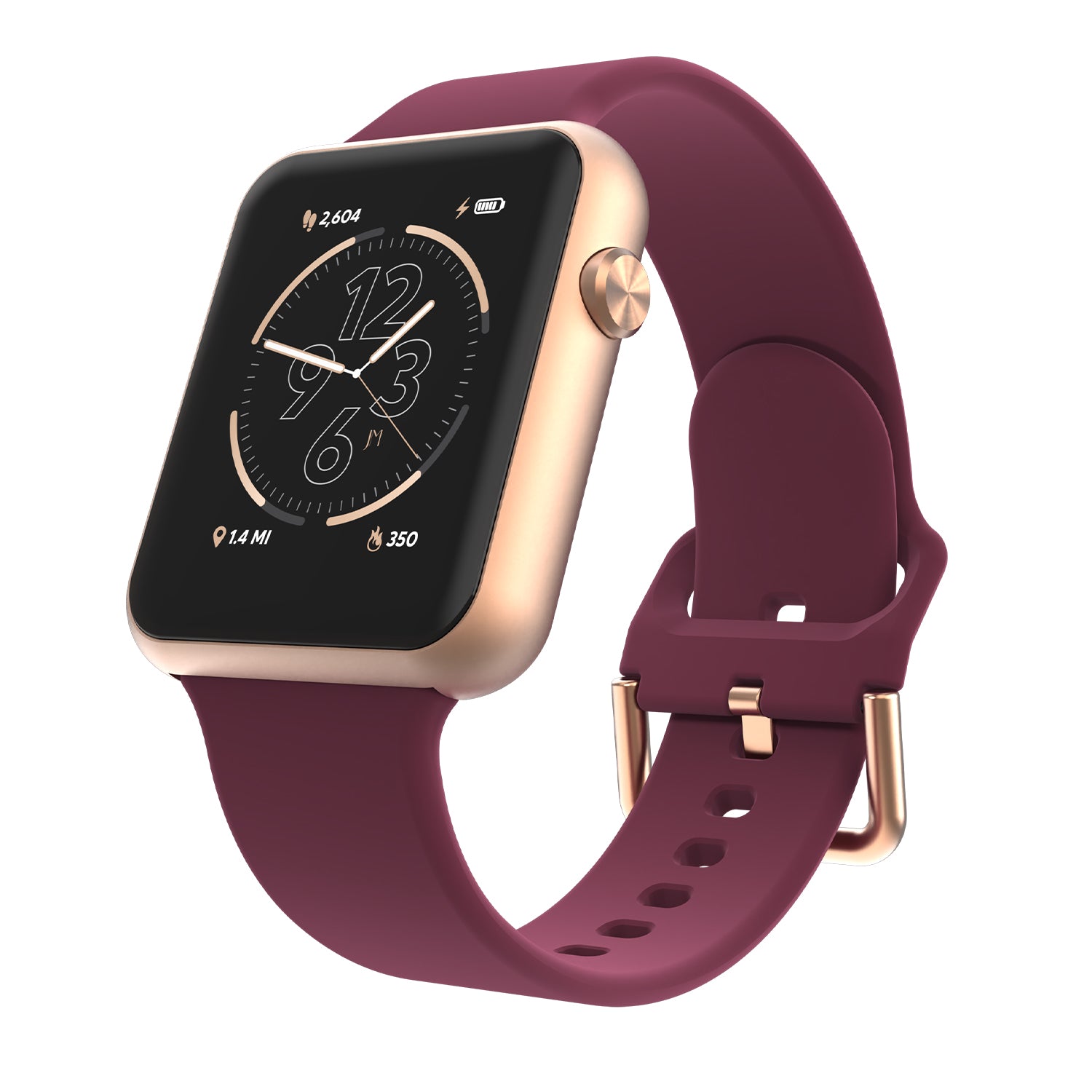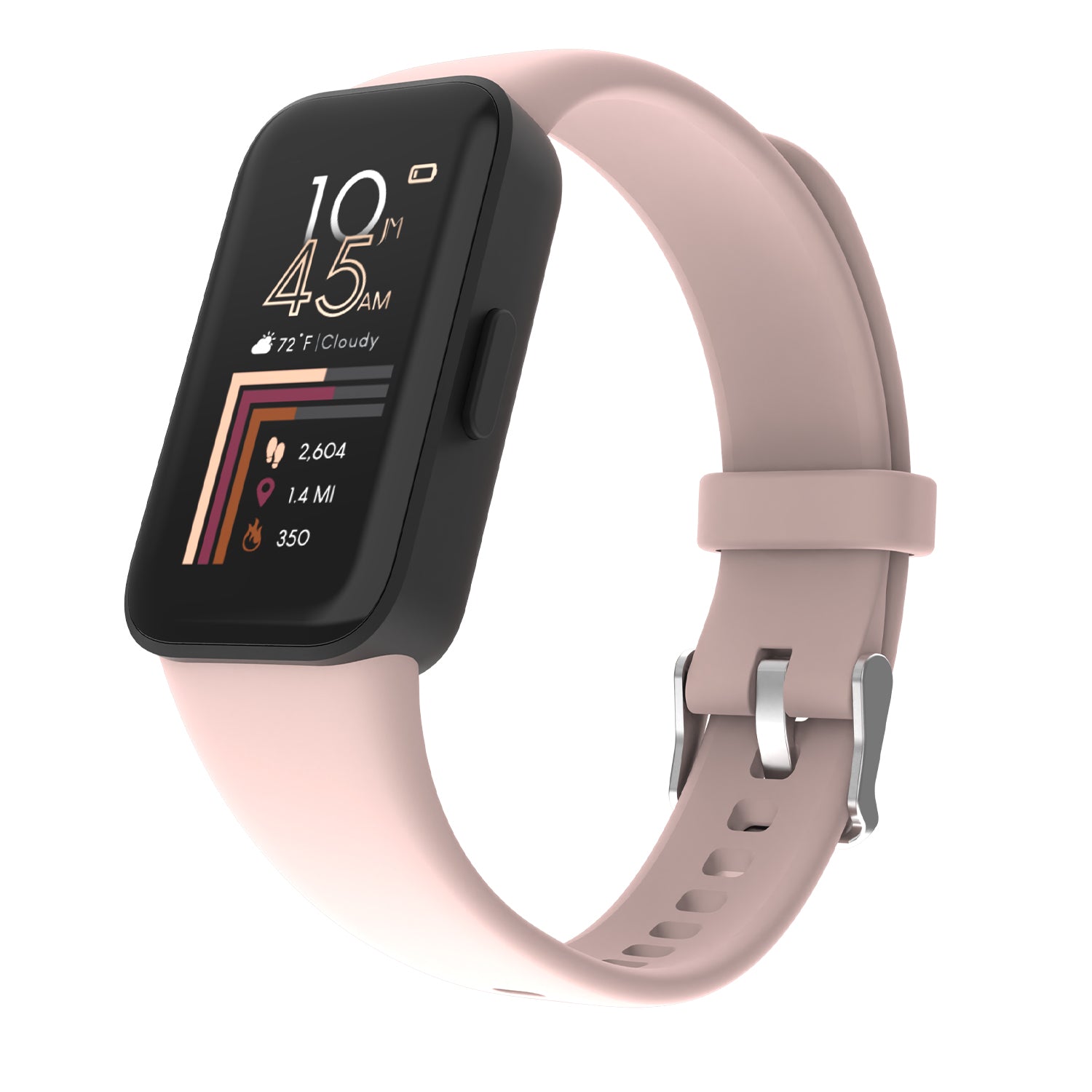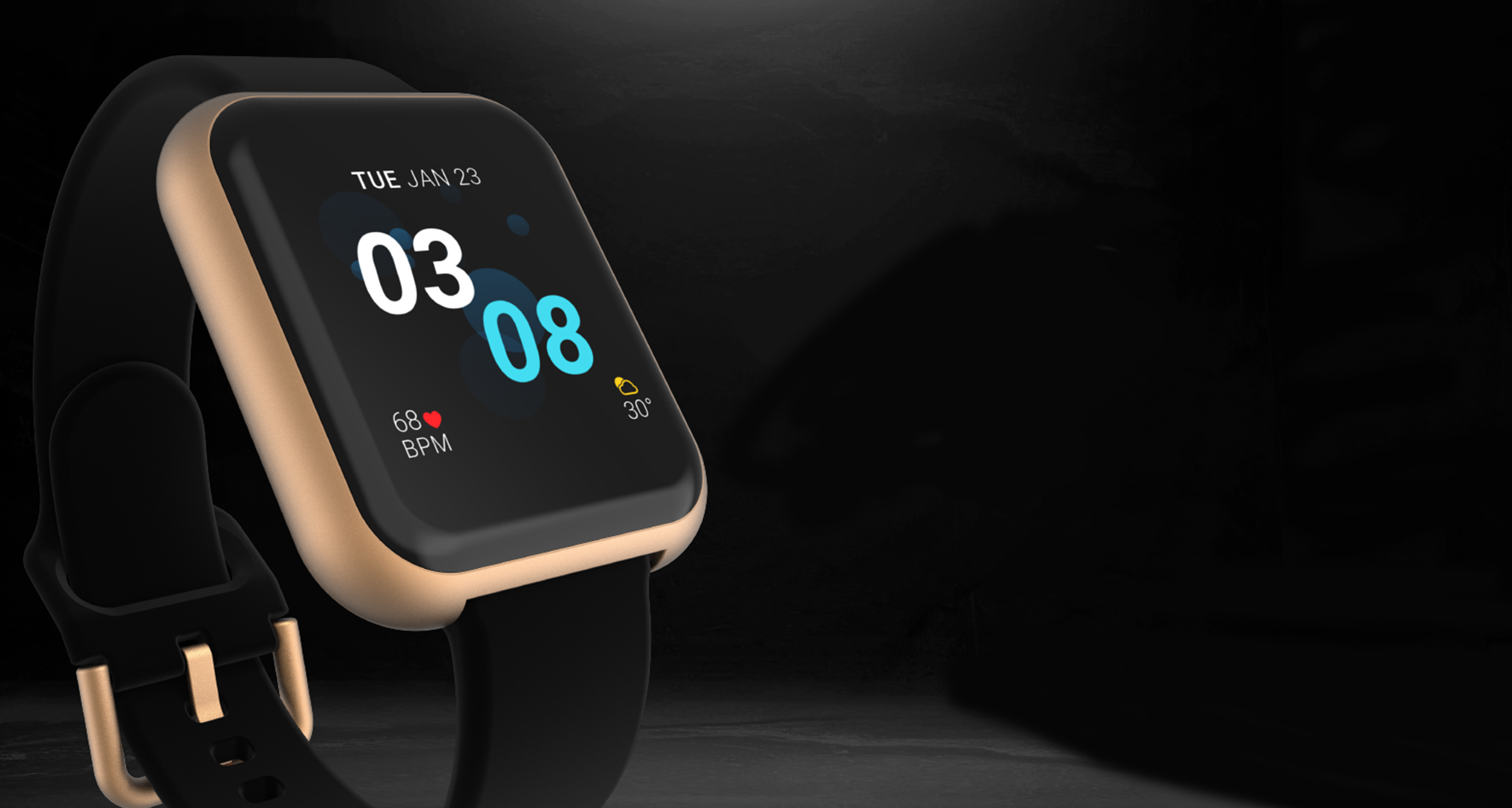Music has become an essential aspect of many individual's workout routines. There is truly nothing better than popping in a pair of headphones and listening to a playlist while you complete your cardio for the day, lift weights, or go on a leisurely bike ride. Given that music is a staple in almost all workout routines, it is no surprise that fitness classes that blast high-intensity music during their sessions have experienced such immense success. Think Orangetheory, Soul Cycle, and Zumba.
Listening to music during your workout is not only great because it provides an escape when you hit those dreadfully intense parts of your workout. It also has several scientifically proven benefits, such as allowing you to focus your attention on your workout, improving your mood while you are working out, influencing your heart rate to speed up or slow-down, and making your workout seem more manageable.
Although we can all agree that listening to music has many benefits and creates a more enjoyable experience, there is something different about listening to a personalized playlist that you have created, compared to listening to a generic workout playlist sourced from Spotify. Having a customized playlist enhances the already amazing benefits one experiences when listening to music during his/her workout. A personalized playlist is designed to your specific tastes and workout routine, which allows you to exercise more control over your heart rate, your level of focus, your mood, and much more.
Given that I have touted the various benefits of a perfect personalized workout playlist, you may be thinking to yourself: "So, how do I make this magical playlist?" Well, lucky for you, I have compiled a list of various tips and tricks about how to create a perfect personalized workout playlist.
But remember, building a workout playlist does not mean compiling your favorites from America's Top 40. Instead, it is about engineering a range of songs that help manipulate your body to do what is necessary for a fantastic workout. So, it may take some time to lockdown a personalized playlist that provides a euphoric experience.

The Vibe Of Your Playlist Should Match the Vibe of Your Workout
First, you must ensure that the genre of music you are selecting matches your workout's vibe. For example, Screamo music would not be appropriate for a yoga session, given that yoga is intended to be relaxing and create harmony within the body.
The genre of music you are selecting should match the type of workout you are choosing to complete. Thus, high-intensity workouts, like sprinting and HIIT should be coupled with intense music genres, like fast-paced rap or EDM. Alternatively, tai-chi and yoga, should be combined with slower, more soulful music as these are low-intensity workouts.
By coupling your workout with a genre of music that compliments the activities you are doing, your body will be more in-sync with the music you are listening to, and your heart-rate will be at the proper speed for the activity you are completing.

The Length of Your Playlist Should Correspond to The Length of Your Workout.
This tip is relatively simple; structure your playlist to be the same length as your workout. For example, if you typically exercise for thirty minutes, your workout playlist should also be thirty minutes. If you are someone who tends to workout for an hour, your workout playlist should be at least an hour long. And, so on.
If the length of your workout varies daily, I suggest making multiple 30-minute workout playlists as many of us work out in thirty-minute intervals. If your workout duration differs significantly because of your schedule, consider making a fifteen-minute playlist and a thirty-minute playlist as they can be used alone or combined to fit your needs.
Avoid making a three-hour playlist of songs that you enjoy listening to when you workout. Instead, create multiple thirty-minute playlists as it will be easier to switch between these playlists, rather than scrolling through a three-hour playlist.

Consider BPM When Selecting Music
Beats per minute, also commonly abbreviated to BPM, is a great metric to use when choosing which songs to include in your workout playlist.
A song's BPM can be measured by simply searching the name of the song following the abbreviation BPM. For example, if you were looking to find the BPM of Harry Style's popular summer song Watermelon Sugar, you would simply search BPM Watermelon Sugar by Harry Styles to find that the song has a BPM of 95. This is the simplest way, but if you are struggling to find the BPM of your specific song online, you can also count the beats that occur in the song in fifteen seconds and then multiple by that number by four.
The songs you include in your workout playlist should align with the three sections most workouts have; the warm-up, the middle of the workout, and the cool down.
For your warm-up, stick to songs that have 100 to 140 BPM. If possible start with a 100 BPM and work your way up to a song of a 140 BPM.
Warm up song suggestions:
1. Rock Your Body- Justin Timberlake (100 BPM)
2. Club Can't Handle Me- Flo-Rida (128 BPM)
3. Every Time We Touch - Cascada (142 BPM)
For the middle of your workout, it is best to stay around or above the 140 BPM mark. Songs with a BPM of 140-180 plus are best for activities like weightlifting, jogging, spinning (indoor cycling), and HIIT workouts. But, if you are completing a low-intensity workout, it is best to stay within 110-140 BPM.
Mid-Workout Song Suggestions:
1. Happy- Pharrell Williams (160 BPM)
A major mood booster!
2. Paper Planes- M.I.A. (172 BPM)
3. Viva La Vida- Coldplay (138 BPM)
If you tend to do sprints during your workout, you want the songs with the highest BPM to play at this time.
For your cool down, you will want to choose songs that are 110 or below. This will help to slow down your heart rate and lowering your blood pressure. Thus, allowing your body to return to a state of equilibrium and finishing off your workout on a happy note.
Cool Down Song Suggestions:
1. Some Nights- Fun (108 BPM)
2. Whenever, Wherever- Shakira (109)
3. Pocket Full of Sunshine- Natasha Bedingfield (110)

Structure Your Playlist to Mimic Your Workout
This tip goes hand-in-hand with the previous tip. To structure your playlist to mimic your workout, you must determine how long you exercise for, how long your warm-up is, how long your cool-down is, and if you will be sprinting during your workout. By identifying these different aspects of your workout and duration, you will be able to structure your playlist to match the different parts of your workout. When you are sprinting, you will be listening to the most intense, high-tempo song, whereas warming up the tempo will build.
If you are still unsure how to structure your playlist to mimic your workout, take this example. Imagine your workout typically last for thirty minutes, with a five-minute warm-up and a five minute cool down. It would be best if you planned to have songs with a BPM of 100 to 140 at the beginning totaling five minutes (about two songs). Then, proceed to increase the songs' BPM to 140-180 (if the workout is high-intensity) for 20 minutes, while timing your sprints to take place during the songs with the highest BPM. And, finish off strong with a cool-down song or two with a BPM of 110 or below.
As you can see in this example, the playlist matches each aspect of the workout. Thus, each entity's structure is very similar, and they will work together to control your heart rate, blood pressure, and mood.
Remember, after structuring your playlist to mimic your workout, be sure not to play your playlist in shuffle mode as doing so will not allow you to take advantage of the effort you put into making it!

Curate Your Playlist Before Your Workout
My final tip is to arrange your playlist at home-- before you visit the gym or venture to the place you typically complete your workout. Curating your workout while being sedentary will allow you to properly identify the different parts of your workout and better plan the music you would like to listen to.
Additionally, curating your workout playlist while you are sedentary is much safer. Imagine attempting to curate a playlist while sprinting on the treadmill, sounds like a recipe for disaster, to me! So, take my advice and dedicate sometime in the parking lot outside of the gym or at home to making an amazing personalized playlist.
But, remember, you may not make the perfect playlist on your first try. So, keep tweaking and trying new combinations, and I am sure you will have an amazing playlist in no time!
Share your personalized workout playlists with us on Instagram & Facebook @itouchwearables. Also, be sure to check out our new articles published daily and the latest styles on iTouchWearables.com!
-Lauren











